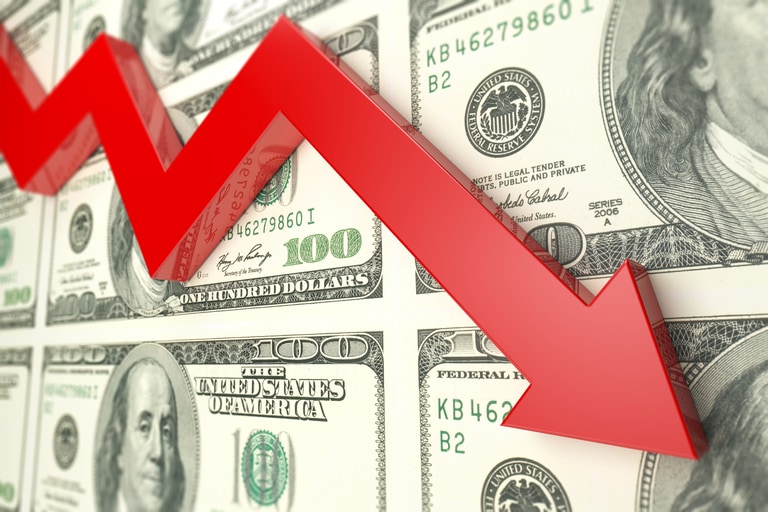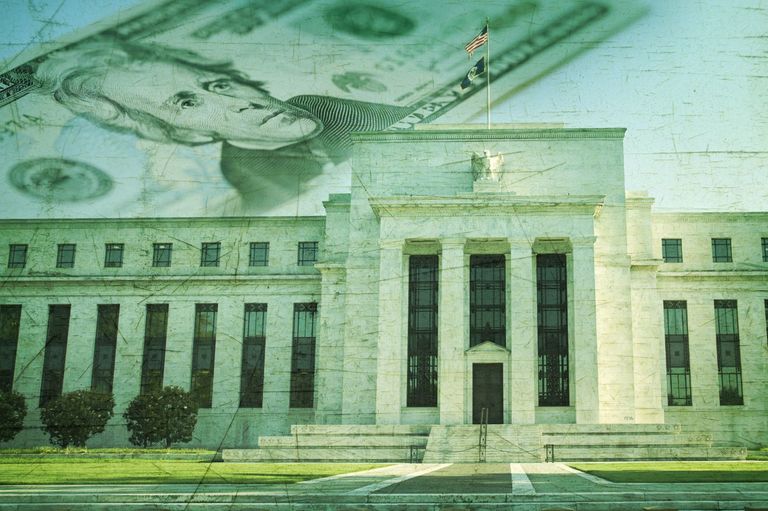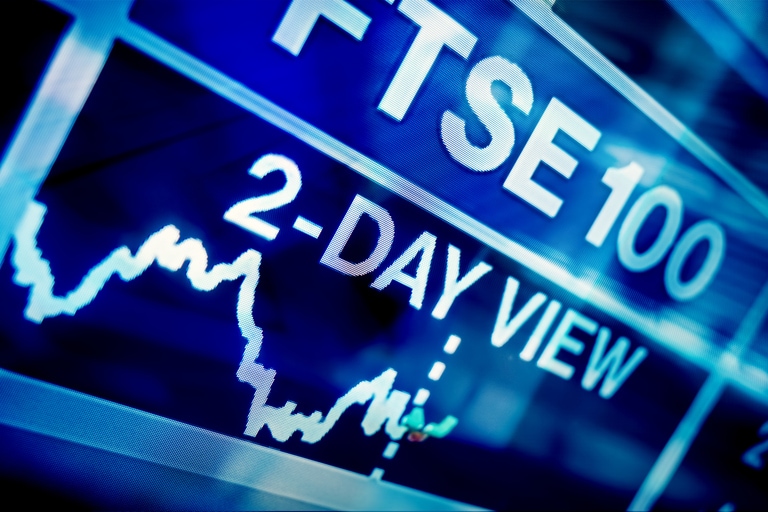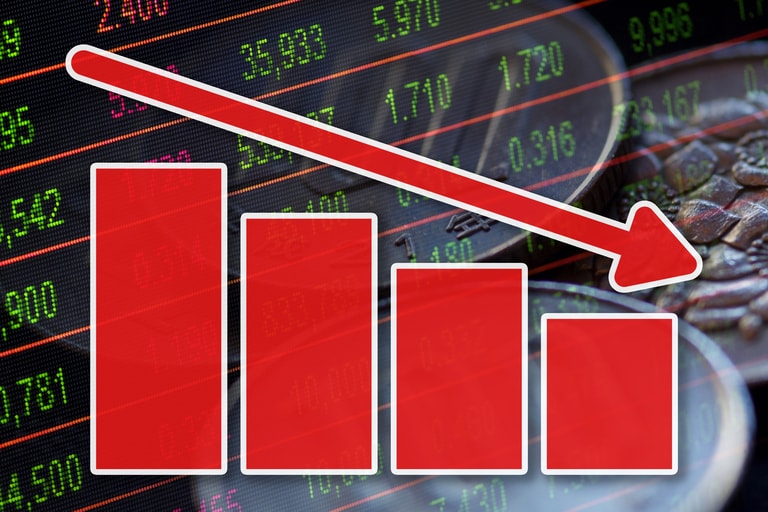The new Chancellor announced measures that would raise an extra £32bn including the scrapping of income tax cuts on an indefinite basis, along with the changes to alcohol duty, dividend income and the IR-35 measures.
More controversially he also scrapped the energy price cap from April 2023, although he did say that the Treasury would be conducting a review looking at measures to make it more targeted after that.
While one could argue that yesterday’s measures have stabilised the public finances in the short term and pulled the UK back into the pack as far as market perceptions of fiscal responsibility is concerned, one must question at what price to the economy next year.
The raising of the corporation tax rate from 19% to 25% in April next year, it is claimed, is expected to raise an extra £18bn, however with businesses already being squeezed by higher costs, and a consumer that is likely to retrench quite sharply, that figure comes across as highly dubious.
For this very reason Goldman Sachs announced that it would be downgrading its expectations for UK GDP growth in 2023, while the British Chambers of Commerce labelled it a “plan for today and nothing for tomorrow”.
It’s not hard to see why business is concerned given that at the same time as corporation tax rates go up next year, we could see further sharp increases in energy prices now that the price cap is gone, but I suppose that’s the price to pay for a botched mini-budget plan, and current economic orthodoxy.
On the plus side, yesterday's budget announcements have seen yields fall across the gilt curve, meaning that government debt interest payments are now likely to be lower, assuming they continue to decline, with the UK 10-year gilt yield falling back below the US 10-year yield for the first time since the mini-budget.
Further declines in yields are by no means certain given that on the other side of the pond the US Federal Reserve looks set to squeeze its hands around the throat of the global economy ever more tightly with another 150bps of rate hikes by year end.
The decline in bond yields yesterday also helped US markets rebound after the declines of last week with the S&P500 rebounding strongly off technical support of 3,500, and the Nasdaq 100 posting its best daily gain since July. Yesterday’s rebound in the US was primarily driven by consumer discretionary with the likes of Netflix and Tesla performing strongly ahead of the release of the latest earnings numbers later this week, while Amazon and Best Buy also had a decent day.
In a day that is light on the data front, European markets look set to open higher with Asia markets also enjoying a positive session despite China taking the decision to delay its Q3 GDP and September retail sales and trade numbers. This seems a strange decision given that they are unlikely to be as bad as the Q2 numbers, unless Chinese authorities don’t want them to overshadow the 20th National Congress which is taking place right now.
Bond yields have also continued to come under pressure on reports that the Bank of England may delay its quantitative tightening program in light of the recent turmoil in gilt markets.
The only economic report of note today during the European session is the latest German ZEW economic expectations survey for October, which is expected to fall further, below the December 1992 record lows of -62.2 to a new record low of -66.6.
EUR/USD – has continued to squeeze higher moving through the highs last week at the 0.9800 area, putting it on course for a move towards the 50-day SMA and trend line resistance from the highs earlier this year. The bias remains for further losses towards 0.9000, while below 1.0000. A break above parity and the 50-day SMA is needed to signal a short squeeze, towards 1.0200.
GBP/USD – needs to push through the 50-day SMA and the 1.1500 area to stabilise. Support comes in at the lows last week at the 1.0920 area. A move below 1.0920 opens up a return to the 1.0800 area.
EUR/GBP – tested down to the 100-day SMA and trend line support from the August lows at 0.8570, before rebounding. A break of this key level could well signal further declines towards 0.8490 and the 200-day SMA Resistance currently at 0.8720.
USD/JPY – continues to edge beyond the 1998 peaks at 147.70, which are now expected to act as support. Now trading at its highest levels since September 1990, we could well see a test of 150.00 in the coming days.
Disclaimer: CMC Markets is an execution-only service provider. The material (whether or not it states any opinions) is for general information purposes only, and does not take into account your personal circumstances or objectives. Nothing in this material is (or should be considered to be) financial, investment or other advice on which reliance should be placed. No opinion given in the material constitutes a recommendation by CMC Markets or the author that any particular investment, security, transaction or investment strategy is suitable for any specific person. The material has not been prepared in accordance with legal requirements designed to promote the independence of investment research. Although we are not specifically prevented from dealing before providing this material, we do not seek to take advantage of the material prior to its dissemination.







